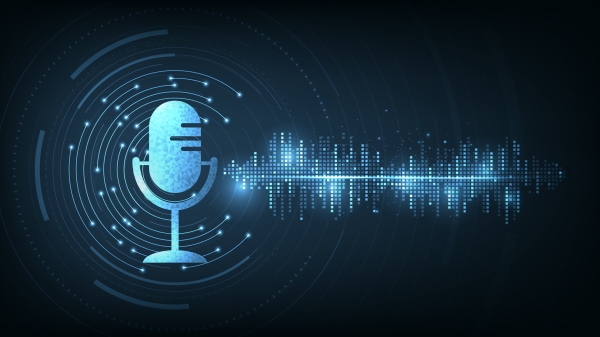The Arizona State University-led LunaH-Map cubesat will be one of 10 cubesats that will roll to the launch pad aboard the Artemis I rocket beginning Thursday afternoon for what the space agency calls a “wet dress rehearsal.” The rocket’s 4-mile journey will consist of a shakedown of tests where the rocket will be fueled and run through a countdown — but no liftoff. If everything checks out, the actually blast-off will probably come in May or June.
LunaH-Map’s full NASA name is the Lunar Polar Hydrogen Mapper. It’s a fancy name for an instrument that will hopefully locate water ice in the permanently shadowed regions of the moon.
“Some of the coldest places in the solar system,” says Craig Hardgrove, an assistant professor in ASU’s School of Earth and Space Exploration and the principal investigator of LunaH-Map.
Hardgrove and the ASU team last touched and saw the cubesat when they delivered it to Kennedy Space Center in July of last year. Artemis I will be the first of three planned NASA Artemis Program launches, as NASA prepares to send humans back to the moon. LunaH-Map, which is the first mission that has ever been led by ASU, will ride along on this launch with the other cubesats as secondary payloads.
Video by Steve Filmer/ASU
Live coverage for rollout begins at 5 p.m. EDT/2 p.m. Arizona time on Thursday, March 17, and will include remarks from NASA Administrator Bill Nelson and others. Coverage will air on NASA Television, the NASA app and the agency’s website. The Kennedy Newsroom YouTube channel will stream live, static camera views of the debut and arrival at the pad starting at 4 p.m. EDT/1 p.m. Arizona time. The rollout involves a 4-mile journey between the Vehicle Assembly Building and the launch pad, expected to take between six and 12 hours.
Top photo: The crawler-transporter 2, driven by engineers and technicians, arrives at the Vehicle Assembly Building (VAB) at NASA’s Kennedy Space Center in Florida on March 11. The crawler will go inside the VAB, where it will slide under the Artemis I Space Launch System with the Orion spacecraft atop on the mobile launcher and carry it to Launch Complex 39B for a "wet dress rehearsal" test ahead of the Artemis I launch. Artemis I will be the first integrated test of the SLS and Orion spacecraft. In later missions, NASA will land the first woman and the first person of color on the surface of the moon, paving the way for a long-term lunar presence and serving as a steppingstone on the way to Mars. Photo by Kim Shiflett/NASA
More Science and technology

ASU professor shares the science behind making successful New Year's resolutions
Making New Year’s resolutions is easy. Executing them? Not so much.But what if we're going about it all wrong? Does real change take more than just making resolutions?Michelle Shiota thinks so. …

ASU student-run podcast shares personal stories from the lives of scientists
Everyone has a story.Some are inspirational. Others are cautionary. But most are narratives of a person’s path, sometimes a circuitous one, from one point in their lives to another.A new podcast…

The meteorite effect
By Bret HovellEditor's note: This story is featured in the winter 2025 issue of ASU Thrive.On Nov. 9, 1923, Harvey Nininger saw his future explode across the Kansas sky. He would become perhaps the…
